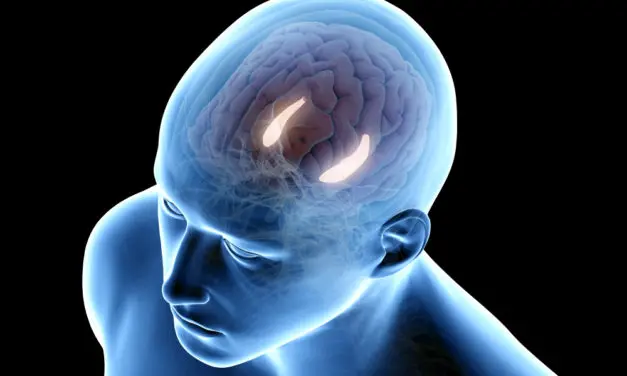Age-Associated Memory Impairment Reversed with PEMF Therapy
Table of Contents

About 40% of people over age 65 experience some memory loss. It is known as “age-associated memory impairment,” if there is no medical condition that causes this loss of memory. Then, it is considered part of normal aging. Alzheimer’s disease and other dementias are not part of normal aging.
Age-associated memory changes are often seen as:
- Not being able to remember the details of a discussion or incident that took place a year earlier.
- Not being able to remember the name of a friend.
- Forgetting stuff and incidents.
- Occasionally have trouble finding words.
- You’re concerned about your memory, but your family isn’t.
The hippocampus is responsible for memory and shrinks with age. It’s deep inside each brain, near the ear. It links unrelated things into memory, like where you left your keys or your neighbor’s name. It’s vital for forming new memories about experienced events. When it’s not normal, spatial orientation falters; people get lost, a common symptom of amnesia.
At Northwestern University, researchers studied PEMFs to stimulate older adults’ brains to improve memory. Since the hippocampus is deep, they targeted the parietal lobe, closely linked to it. Stimulation of the parietal lobe is expected to boost hippocampus function.
The study had 16 adults, ages 64-80. They compared memory tests with a younger control group before stimulation. Older individuals were correct about 40% compared to the younger group, around 55%.
Results
The results were as follows:
- Recollection improved relative to baseline about 31% due to active stimulation compared to -3% with sham stimulation at 24 hours.
- One week after stimulation memory remained significant better relative to baseline for active group.
- At one week after active stimulation memory was not significantly better compared to sham, indicating that the gains seen at 24 hours after stimulation were not retained.
- The fMRI imaging validated that stimulation of the parietal area did communicate with the hippocampus significantly enough to improve memory.
- The fMRI evaluation comparison also validated increased brain activity for active versus sham stimulation.
- Also, very impressively, the memory tasks of the older individuals improved so much that they now appeared similar to the younger control group. In other words, memory loss was reverse-aged with active PEMF stimulation.
One of the lead authors said, “Older people’s memory got better up to the level that we could no longer tell them apart from younger people.”
This research also shows that stimulation of the parietal area of the brain impacts the memory associated with the hippocampus. The other words, the magnetic field penetrates deep enough into the brain through the parietal area into the hippocampal area to improve memory. The research also supports the idea that dysfunction of these connections increases with age, explaining the causes of memory loss as he will get older.
This research seems to indicate that the memory improvements do not last up to a week. It is not known whether longer episodes of stimulation would work better, whether stimulation beyond five sessions would work better, whether high intensity PEMF stimulation to other areas of the brain would produce similar or better results and whether stimulation with lower intensity PEMF systems would be as effective, and whether similar memory improvements could be seen in dementia or early-stage Alzheimer’s disease. Other high intensity brain stimulation research has already found benefits for Alzheimer’s disease. But, as is seen with many other conditions, the sooner treatment begins relative to memory loss the better the results. Waiting until Alzheimer’s disease has clearly been established is less likely to produce the same benefits as treating earlier age-related memory loss.
Nevertheless, these results are exciting, not only ensuring the safety of high intensity PEMF stimulation, but also that this PEMF therapy actually improves age-related memory decline.
Based on the results of this research I would recommend daily use of a home-based PEMF system, to encourage not only temporary improvement in memory but also to rebalance the tissues, hopefully age-reversing the age-related decreases in function of the hippocampal area. For convenience a portable PEMF unit may be likely to be used regularly, and certainly more affordable. Otherwise if someone already has a higher intensity PEMF system this can be used regularly to the parietal area of the brain, preferably daily.